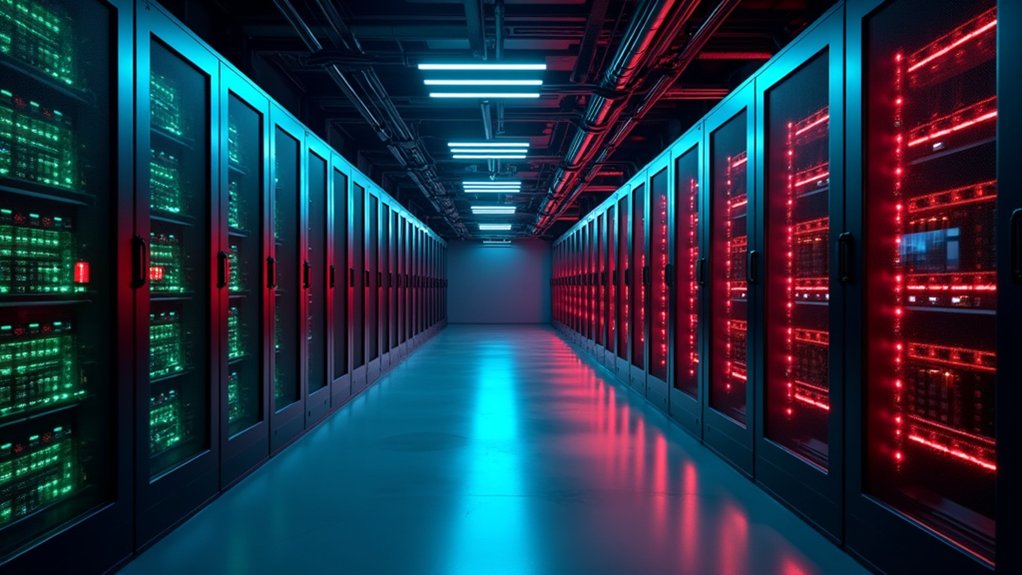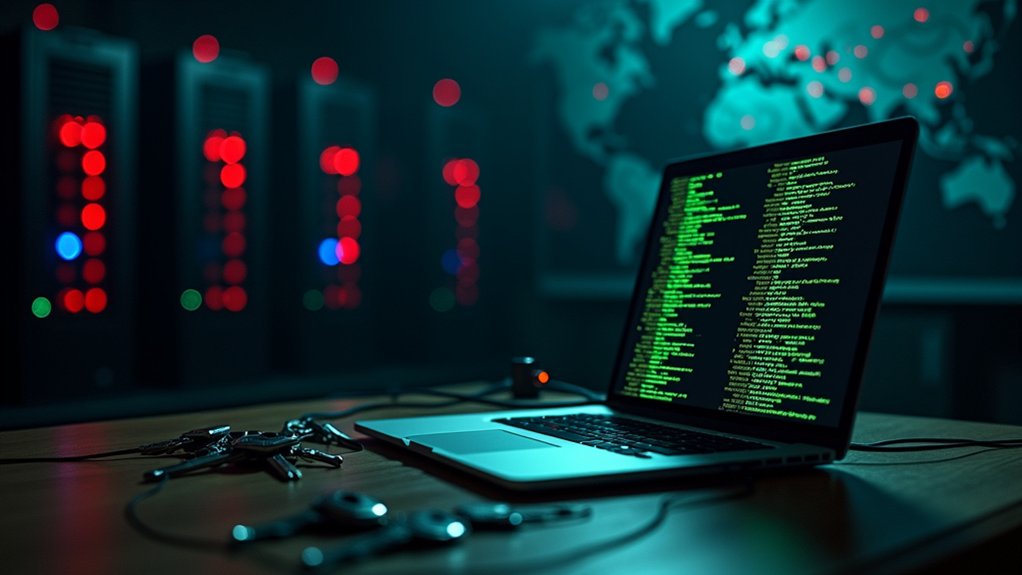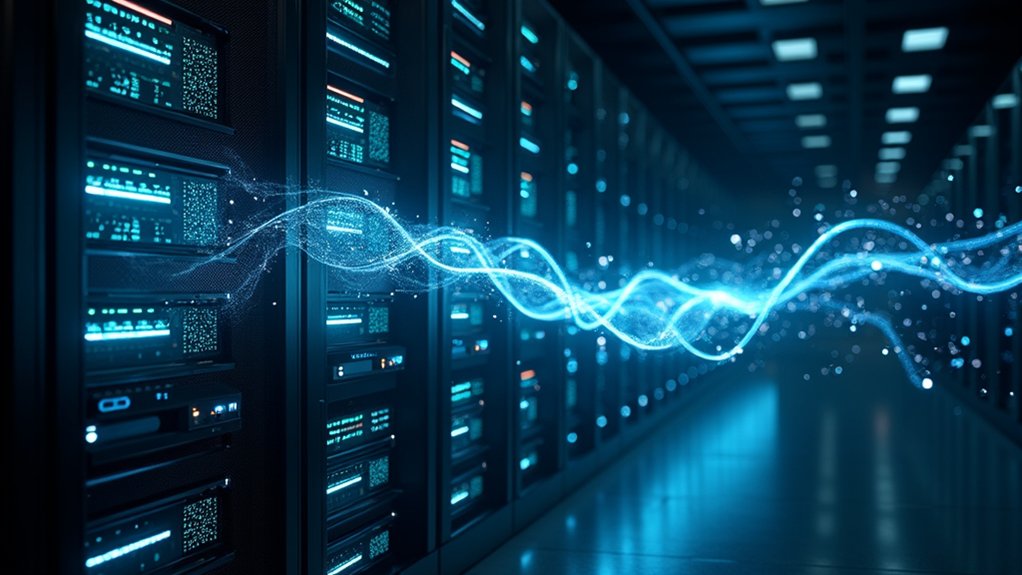How effectively is artificial intelligence safeguarding organizations against the escalating tide of cyber threats? Current data reveals a complex environment where AI simultaneously strengthens defensive capabilities as it creates new vulnerabilities that malicious actors exploit with increasing sophistication.
AI-powered threat detection systems have demonstrated measurable improvements in cybersecurity performance. These systems improve effective detection rates by 60% over legacy systems, as 70% of cybersecurity professionals report that AI excels at identifying previously undetected threats. The technology dramatically reduces response times, with AI-driven tools decreasing incident detection and response from an average of 168 hours to mere seconds. The rise of zero-day exploits targeting AI systems has made continuous monitoring essential for organizations.
AI-powered threat detection systems deliver 60% better detection rates while reducing response times from 168 hours to seconds.
Organizations utilizing AI-driven solutions can contain breaches in 214 days, compared to 322 days for traditional systems. The cybersecurity industry has adopted AI technology at an unprecedented pace, with 64% of organizations deploying AI particularly for threat detection purposes. Real-time anomaly detection capabilities allow AI systems to spot threats instantly, stopping attacks before escalation occurs.
Machine learning algorithms filter out bots, spam, fraud, and phishing attempts at high speed, as advanced authentication methods like facial recognition operate through AI-powered security systems. Remarkably, 95% of industry respondents agree that AI-powered solutions markedly improve speed and efficiency across prevention, detection, response, and recovery functions.
However, significant concerns emerge alongside these defensive benefits. An alarming 91% of cybersecurity professionals express worry that AI could be weaponized for cyberattacks, as 77% of organizations have experienced breaches in their AI systems within the past year. Shadow AI, representing unauthorized AI use, has become a recognized problem for 61% of IT leaders. By 2025, cybercriminals are expected to have 200 attack vectors per employee available to exploit organizational vulnerabilities. The rise of agentic AI is projected to increase social engineering threats in the future.
The technology’s dual-use nature permits both improved defense and new forms of cyber threats. The global AI cybersecurity market, valued at $24.3 billion in 2023, is projected to reach nearly $134 billion by 2030. This growth reflects increasing investment driven by the evolving threat environment and rapid digital transformation.
As AI infrastructures become more prevalent, they require solid security safeguards to prevent exploitation, as security systems must defend against prompt injection attacks, data poisoning, and data extraction threats targeting AI models themselves.









